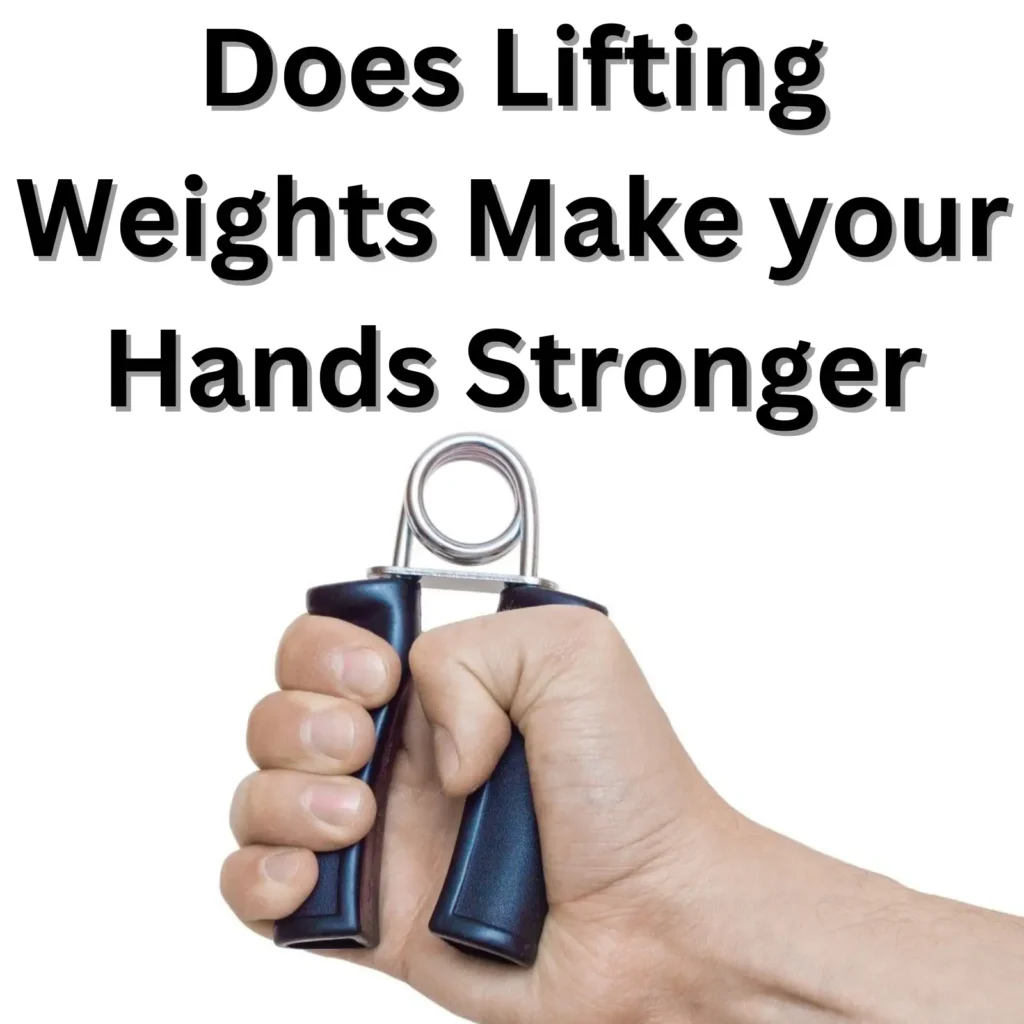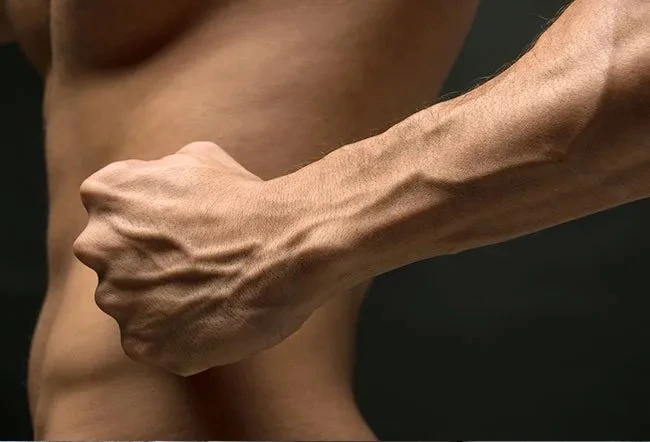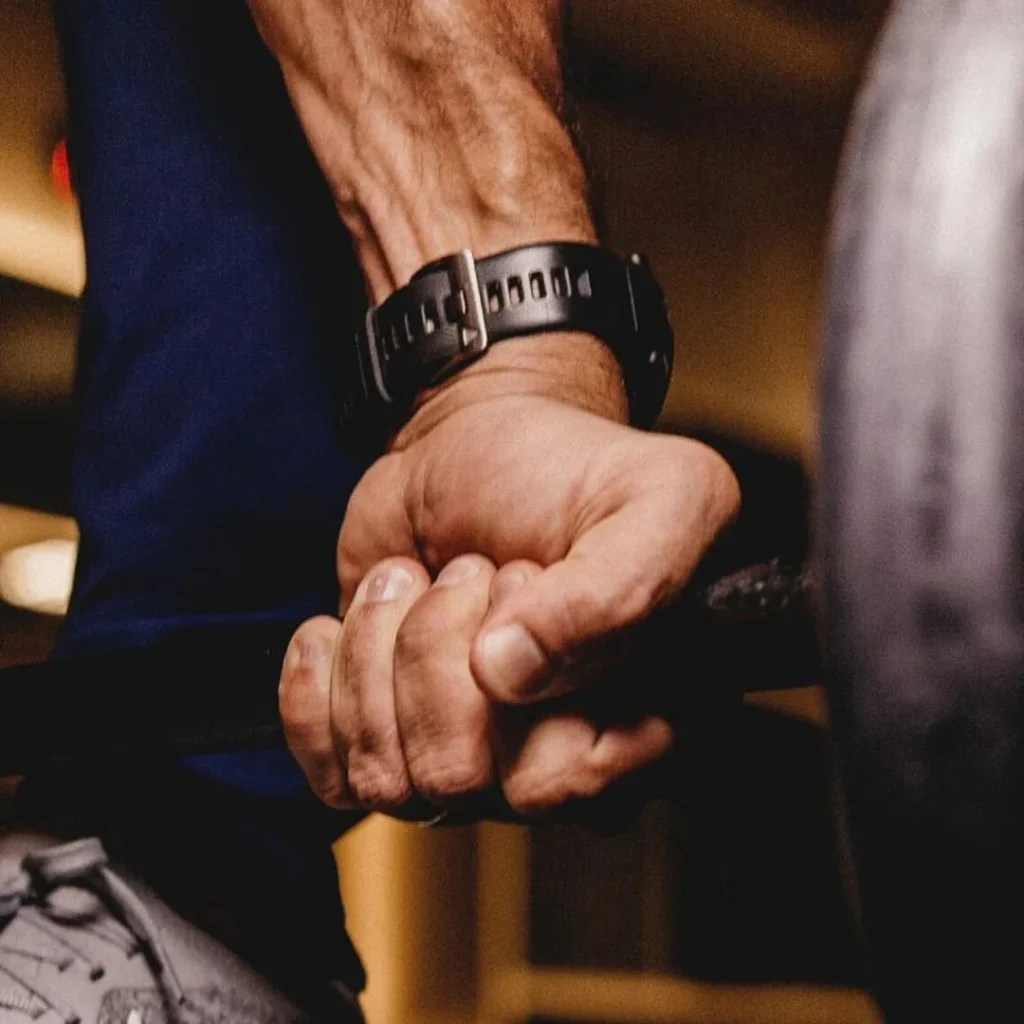
Introduction
Have you ever felt something weird with your hands after an intense workout? Then you might be suffering from a pair of weak wrists, don’t worry it’s more common than you think and there is plenty we can do to fix this issue but the first thing is identifying the problem.
An often-overlooked area in weightlifting, grip training is essential to developing a balanced upper body.
A lot of people just take their hands for granted, after all gripping things is probably something we do way before we can even say a single word, it’s instinctual but that just underscores how important grip is for overall health and fitness
In this article we’re going to try and cover some of the more common problems we see in regards to grip, keep reading to get strong hands and never feel weak again!
Why You Should Take Care of Your Hands

If you’re coming from a long break from lifting, whether its because of an injury, your life just got busy, or you just lost your passion, there is one thing that stands out to me and that is how tender and soft your hands will feel.
Depending on how much you were lifting before your break you might feel like just getting back into your old routine will be more than enough, and sometimes it can be, but in my case it wasn’t enough.
After coming back from almost 2 years without lifting I struggled to get back to my best, and it wasn’t because I wasn’t strong enough, it was my wrists that held me back, coming from injuries to both wrists didn’t help but this can happen to anyone.
From tearing a callus to straight up dropping weights, having a weak grip is a bottleneck that no one wants to have but at the same time a lot of people don’t even take care of their hands so why does this happen and what can we do?
How to Take Care of Your Hands
So, you feel like your hands are weak, they’re holding you back and preventing further progress at the gym, I get I was there too! Don’t worry there are many things that can happen but for almost everything there is a fix so let’s take a look at some of the more common issues I see.
Calluses
It’s perfectly normal to develop calluses in your hands from lifting heavy weights, the problem is that eventually these calluses can become too big, too hard and eventually they break taking a big chunk of your hand with it!
This can be really painful and bloody, also if you want to keep lifting you will have to tape your hand, this is painful and not everyone knows how to do it properly.
To prevent calluses from becoming a problem add some nail clippers and a file to your training bag, ideally you want to file down your calluses when you feel like they’re becoming too big for your hands, this prevents them from tearing.
If you do tear one though, make sure to use the nail clippers to trim down the torn skin, this makes healing way faster and comfortable.
One last time about Calluses, don’t overuse chalk when lifting, not only does it prevent you from organically developing wrist strength, it can also make your hands too dry and will make it way easier to tear a callus, after a workout use a medicated lotion to hydrate your hands too!
Strengthening your hands

Some lifters believe you don’t need to train your wrists at all, instead they believe their wrists will naturally get stronger as they lift heavier weights. And while this is true, eventually your bigger muscles in your arms, shoulder and back will outpace your smaller muscles in your wrists.
This is a common issue I see with lifters. It’s so common that there are even plenty of videos around of huge guys being unable to open a small water bottle in public!
Even the biggest guys can have massive muscle imbalances, but wrist weakness is probably the most crippling one of them, if you constantly suffer from small niggles and pains after lifting, if you feel unstable in many bodyweight exercises and curls then your grip is probably weaker than it should be.
But don’t worry your wrists can get stronger, I’d recommend wrist curls, pinch gripping plates for time and hanging from a think bar as much as you can. These will all slowly increase your grip strength, I say slowly because unlike other parts of your body grip strength can be a bit slower to develop (which is the entire point of this section).
By increasing your grip strength, you prevent injuries and increase your performance, plus you can be sure that you won’t embarrass yourself with a water bottle any time soon!
How To Get a Stronger Grip
More About Grip Strength
If you want to learn more about grip strength then let’s take a look at the different types of grip strength, these include:
Crushing: This type of grip uses both your fingers and your palm to crush an object.
Supportive: This is simply how long you can support your own weight when hanging from a bar.
Pinching: This one is when you grab something between your fingers and thumb.
There are up to 35 different muscles that together comprise what we refer to as “Grip Strength”, these go from your hand up to your forearm.
Should I Add Grip Training to My Routine?

Grip Training can transform your gym experience but it can also improve your life in ways you don’t expect. You can expect to drop deadlifts way less, you wont need straps to do your workouts anymore if you get your grip strong enough.
Besides most things in the real world do not have convenient bars to grip them from, grip training will make sure you can translate your training to the real world, think a car mechanic or manual laborer, those guys are really strong in their hands, but not necessarily super big.
Even more, grip training can be a great fun little side quest with a lot of benefits, you can add grip training to your training using many of the same tools you use for weight lifting, there is basically no reason why anyone should neglect their wrists!
Frequently Asked Question About Grip Training
How Often Should I Train My Grip?
This can vary a lot, in general we’d recommend most people to start out by training grip only 2 times a week to start out. This is because most lifts at the gym do in fact hit the wrists too, so you don’t want to overload your week with grip training.
Eventually you can add more days to the week, with most people going up to three times a week safely. Remember the biggest limiting factor in grip training at first is ligament/tendon/finger strength and these develop and recover at different times than bigger muscles.
What Can I Do If My Hands Are Sore?
The most important thing here is to stop training for a while. It can be easy to keep going with grip training because of all the small movements and such, but stopping is the first step to healing.
Knowing your limits is extremely important, the “no pain, no gain” thing is completely false and much more so with your hands. If you feel numbness and tingling then you might want to check in with a doctor as those are classic symptoms of Carpal Tunnel Syndrome, having a weak grip is probably the biggest predictor of CTS I think.
What’s the best Grip Exercise for Bigger Forearms?
If you are more interested in grip training to improve the look of your forearms then the best exercise for that is probably a mix of wrist curls and reverse wrist curls as these target the wrist extensors and wrist flexors.
But remember, a balanced and well thought out routine will increase size accordingly so just try and get as strong as possible and you will see results!
Conclusion
As you can see, grip training is really useful. Not only is grip a vital part of lifting, and pretty much everything we do with our hands, it’s also the best way to increase functional strength, that is the strength that really matters.
Besides those, grip strength is straight up cool, everyone wants to have strong hands, it’s an integral part of what I’d consider classic masculinity so don’t skip out on this part of your body and train it with the effort and dedication you put into other areas!